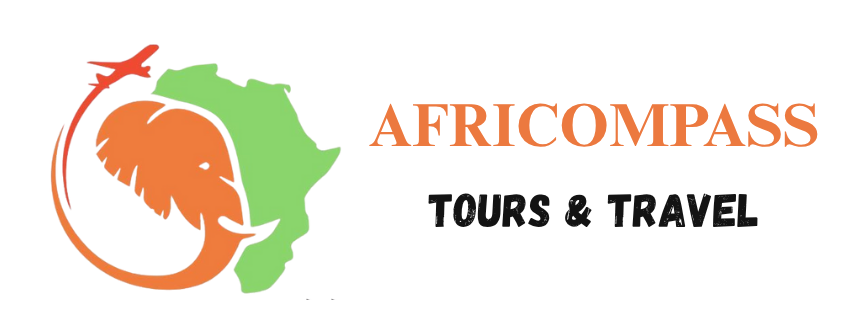A tours and travel kit is an all-inclusive set of vital tools and made to handle minor health issues and emergencies while on the road. It usually contains personal hygiene products like sunscreen and insect repellant, first aid supplies like bandages and antiseptics, necessary pharmaceuticals like pain relievers and antihistamines, and occasionally extra supplies made especially for certain activities or locations. It is essential for managing minor injuries, illnesses, or unforeseen health difficulties when traveling, and it is tailored according to individual health needs and travel schedules.
In order to ensure quick reaction to minor health conditions and potential emergencies when traveling, having a well-prepared travel medical kit is crucial for instant access to necessary prescriptions and equipment. It gives peace of mind, especially in isolated areas or places with limited access to medical facilities, and offers tailored care for each person’s unique health needs. Safety is also promoted by quickly addressing issues. In the end, it acts as an essential safety net, improving readiness and offering comfort all along the way.
Prescription Medications: These are medications prescribed by your doctor to manage specific health conditions. It’s essential to carry an adequate supply for the duration of your trip, along with prescriptions or documentation as required, ensuring continuity of treatment.
Over-the-Counter Medications: These include commonly used medications available without a prescription. Examples include pain relievers (like ibuprofen or acetaminophen), antihistamines for allergies, and remedies for common ailments like colds or indigestion. They’re valuable for addressing minor health issues that might arise during your travels.
Motion Sickness Medication: Especially useful if you’re prone to motion sickness during travel, these medications can alleviate symptoms like nausea and dizziness caused by motion, such as on airplanes, boats, or long car rides. They come in various forms (pills, patches, or wristbands) and can make travel more comfortable for susceptible individuals.
Bandages and Adhesive Tape: These are crucial for covering and protecting minor cuts, scrapes, or blisters that might occur during travel activities like hiking, exploring new terrain, or engaging in sports. They help prevent infection and provide a barrier against dirt and bacteria, promoting quicker healing and allowing you to continue your tours and travel comfortably.
Antiseptic Wipes and Ointments: These items are used to clean wounds and prevent infection. In unfamiliar environments where hygiene might be uncertain, having antiseptic wipes helps ensure that any minor injuries can be cleaned thoroughly. Antiseptic ointments or creams further protect against infection and promote healing when applied to wounds after cleaning.
Tweezers and Scissors: These tools are versatile and useful for various situations. Tweezers can be used to remove splinters or small debris from wounds, while scissors are handy for cutting bandages, tape, or clothing in emergency situations. They are particularly relevant during tours and travel, where access to medical facilities might be limited, allowing you to address minor injuries or issues without difficulty.
Personal hygiene products play a significant role in the travel industry, offering both health protection and comfort during trips:
Hand Sanitizer: In travel, especially when visiting unguided places, or using public transportation, access to clean water and soap can be necessary. Hand sanitizer serves as a convenient and portable way to maintain hand hygiene, killing germs and reducing the risk of illness caused by bacteria or viruses. It’s particularly relevant in situations where handwashing facilities are not readily available.
Sunscreen: For travelers spending time outdoors, sunscreen is crucial in protecting the skin from harmful UV rays. Exploring beaches, hiking trails, or simply walking around sightseeing exposes individuals to the sun. Sunscreen helps prevent sunburns and reduces the risk of long-term skin damage, ensuring a more comfortable and safer travel experience.
Insect Repellent: Travelers exploring diverse landscapes or visiting regions prone to insect-borne diseases find insect repellent indispensable. It helps prevent insect bites, reducing the risk of diseases such as malaria, dengue fever, or Zika virus, which are prevalent in certain areas. Using repellent adds a layer of protection against discomfort and potential health risks associated with insect bites.
High-altitude destinations present unique challenges for travelers due to reduced oxygen levels and harsh environmental conditions. Here’s the relevance of specific items in such settings:
Medication for Altitude Sickness: Travelers ascending to high-altitude areas, where oxygen levels are lower, might experience altitude sickness. Medications like acetazolamide can help prevent or alleviate symptoms such as headaches, dizziness, and nausea, enabling travelers to acclimate more comfortably to the altitude.
Pain Relievers for Headaches: High altitudes can trigger headaches due to changes in atmospheric pressure. Pain relievers like ibuprofen or acetaminophen are essential for managing altitude-induced headaches, allowing travelers to continue enjoying their trip without discomfort.
Lip Balm and Moisturizing Lotion: The dry and harsh conditions at high altitudes can lead to skin dryness and chapping. Lip balm and moisturizing lotion help prevent skin dehydration and cracking, providing relief from the effects of the dry climate and keeping the skin hydrated and comfortable.

 Get Support!
Get Support!